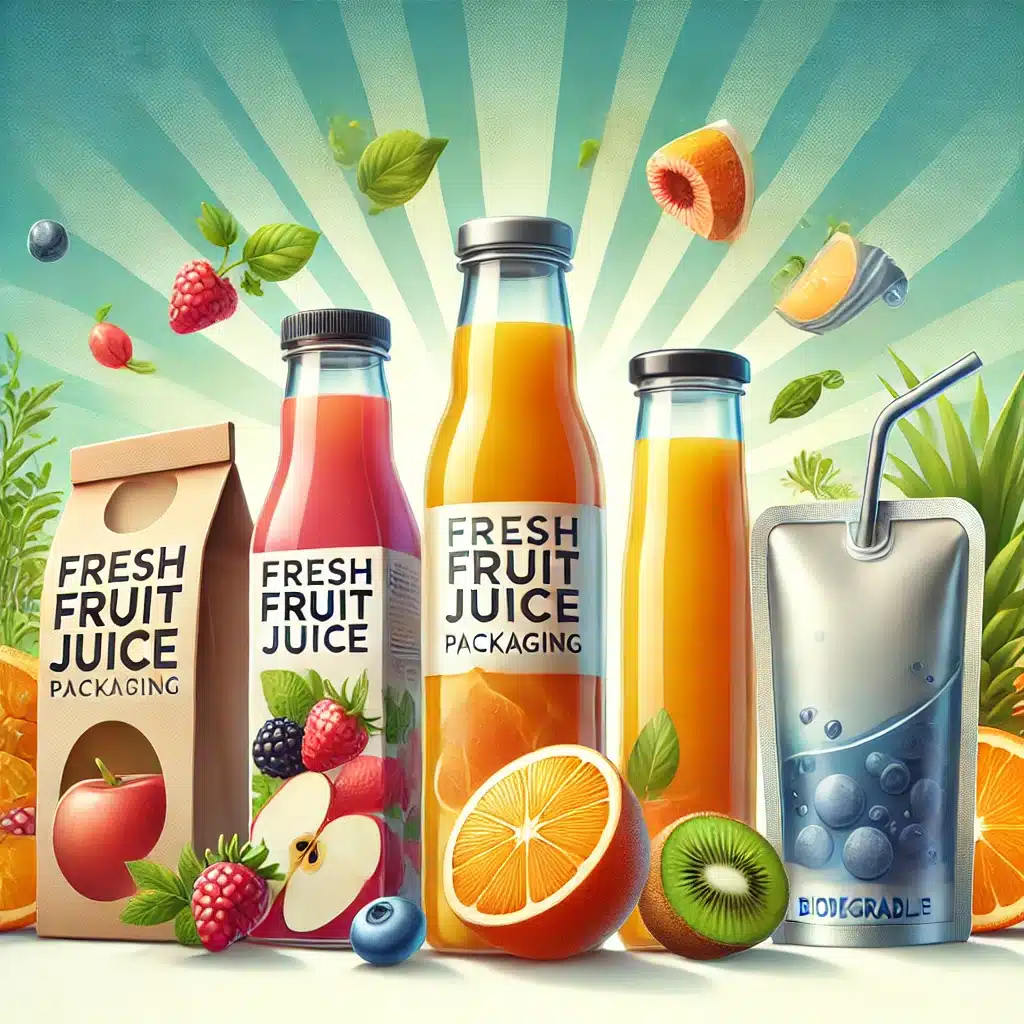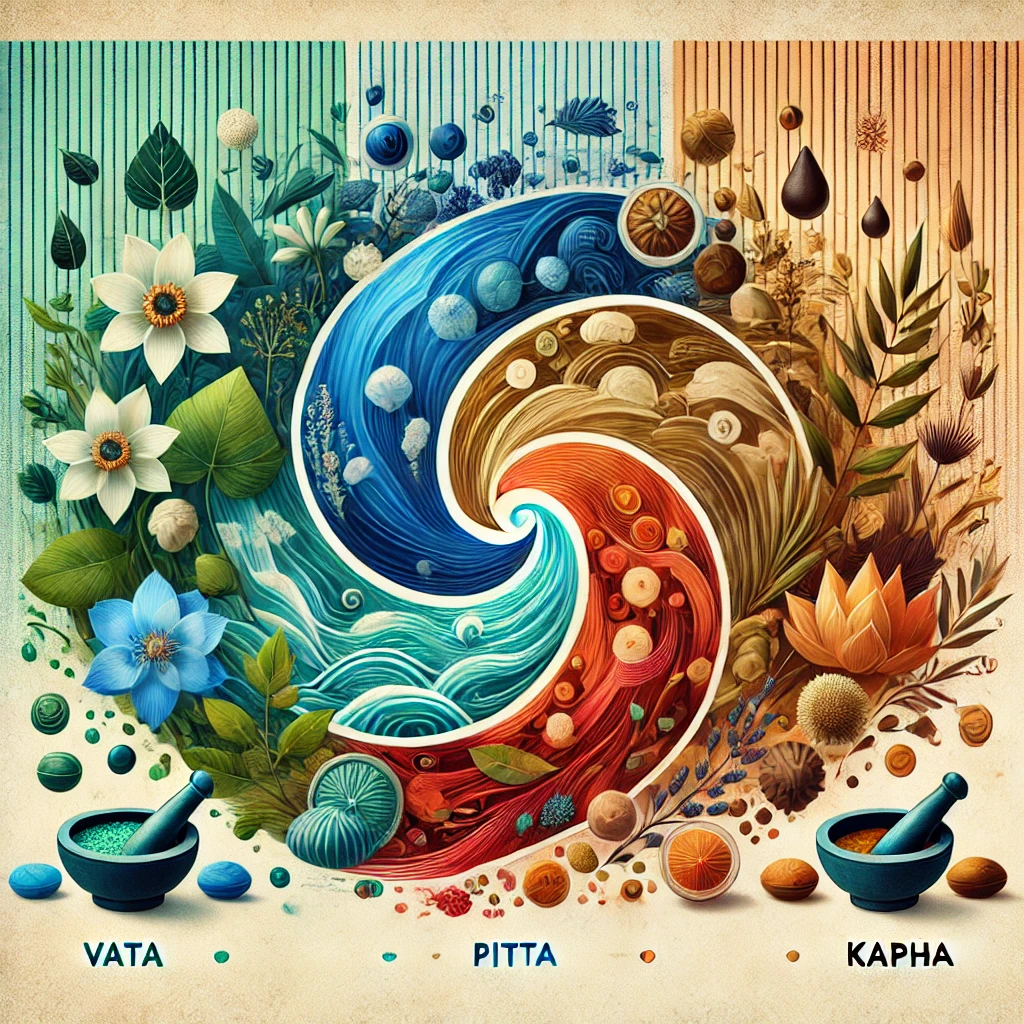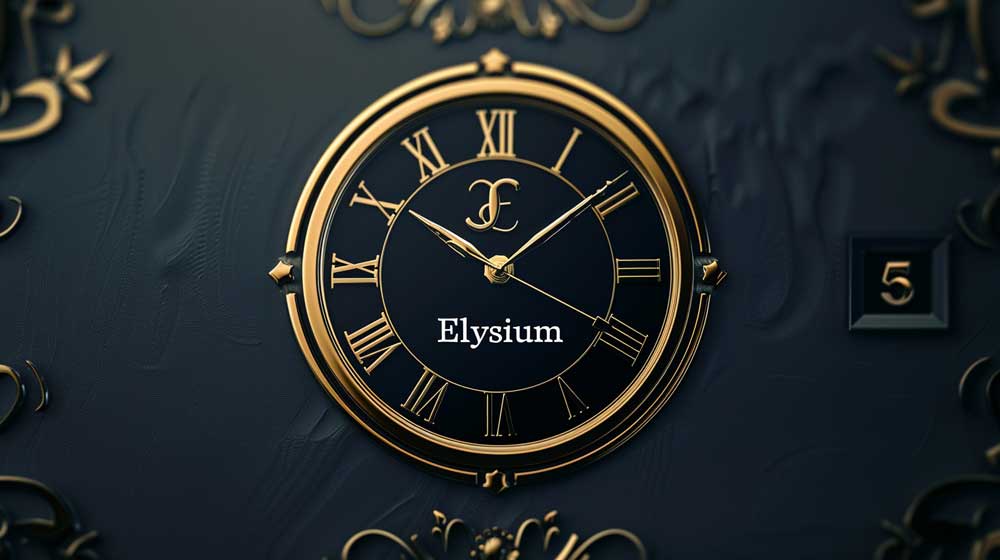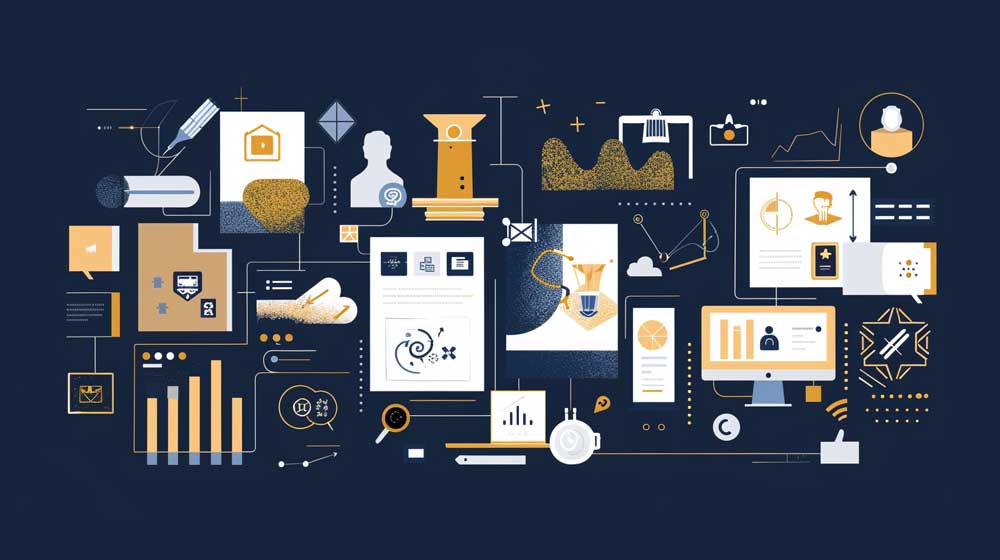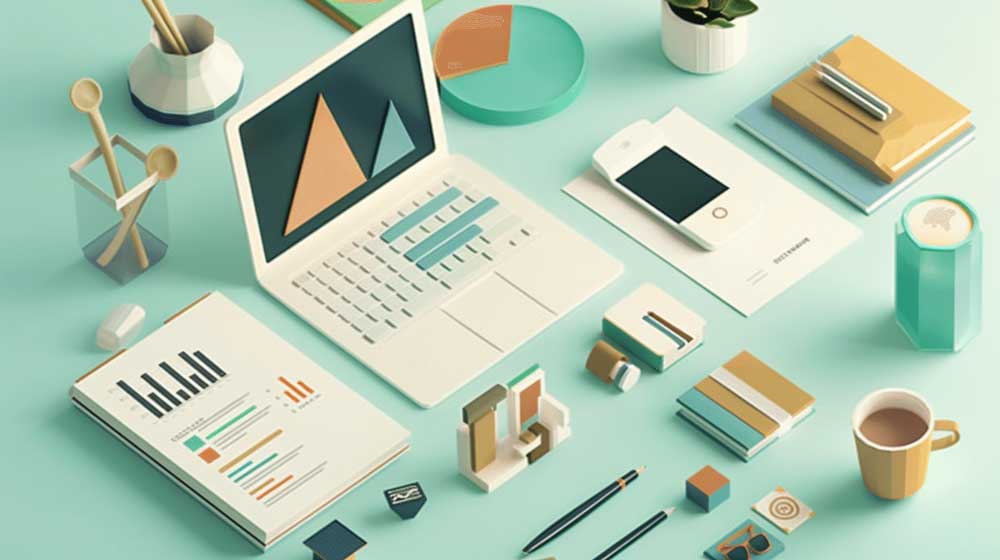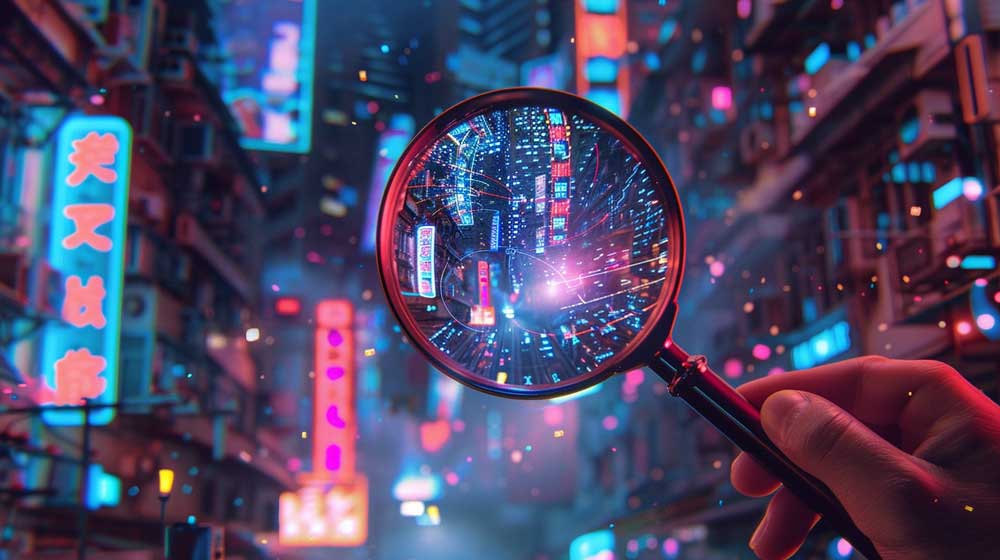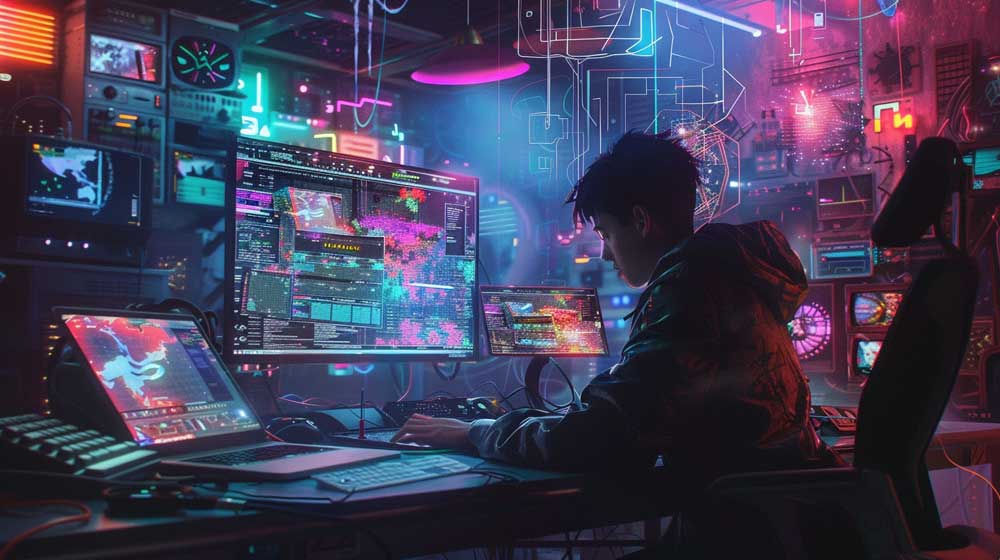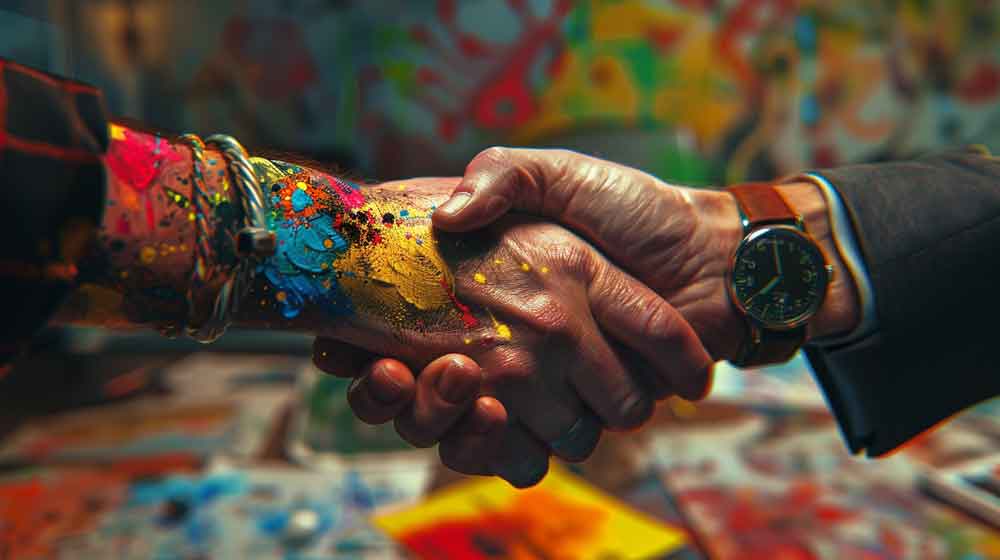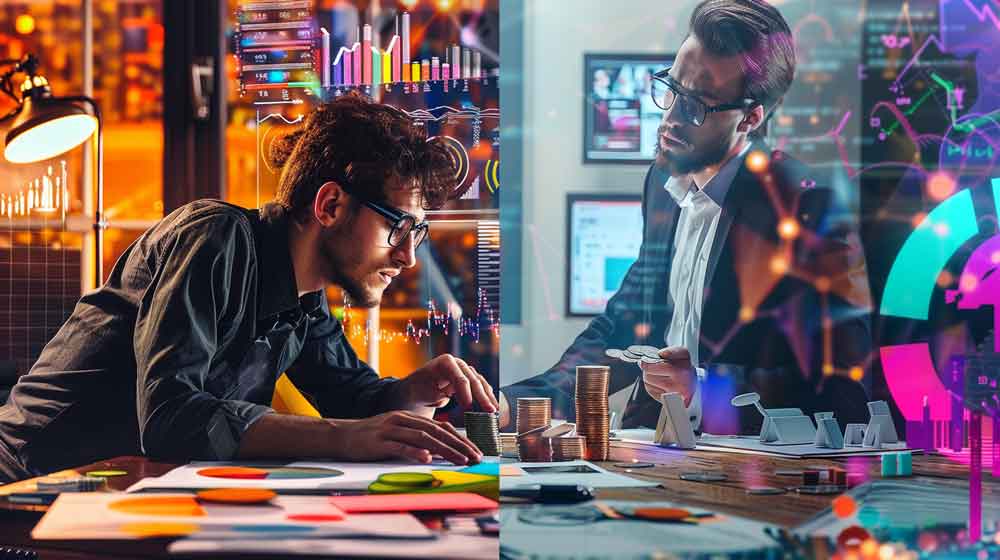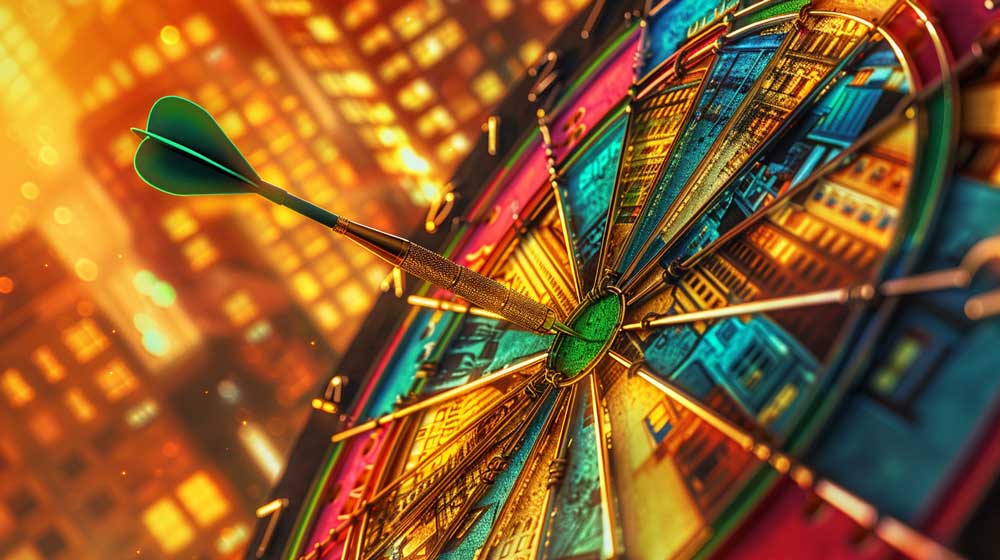Best 6 Types of Fresh Fruit Juice Packaging You Should Try for Your Business
Best 6 Types of Fresh Fruit Juice Packaging You Should Try for Your Business Fresh fruit juice is a delicious […]
Best 6 Types of Fresh Fruit Juice Packaging You Should Try for Your Business Read Post »

